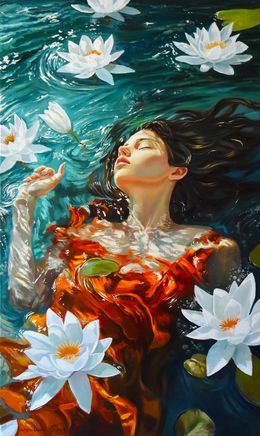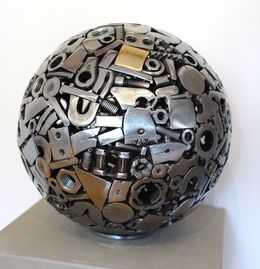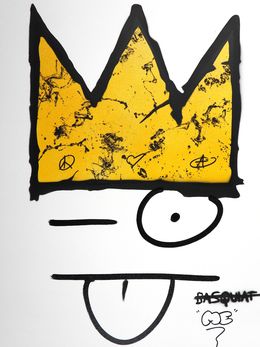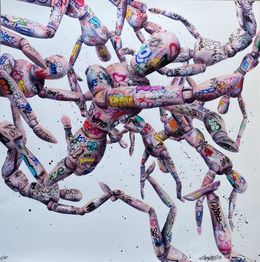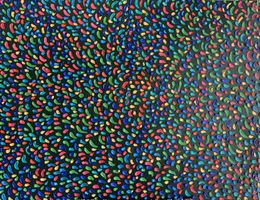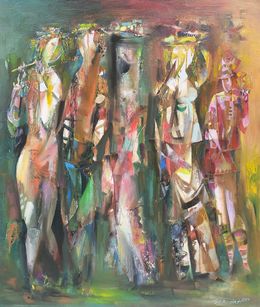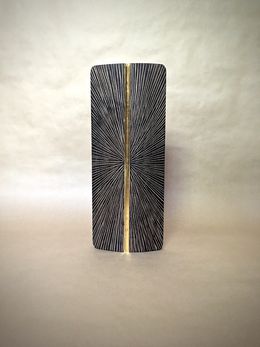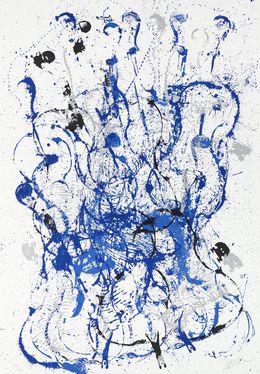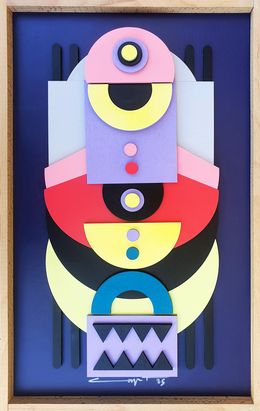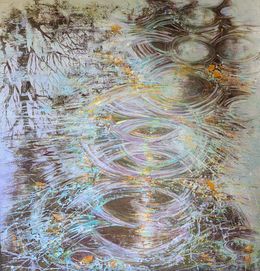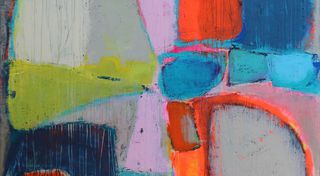
Œuvres d'art contemporain en vente
Plus de 200 000 pièces. C’est le nombre d’œuvres d’art contemporain et d’objets de design actuellement disponibles sur Artsper. Tous les jours, de nouveaux artistes et des galeries du monde entier nous rejoignent et nous font confiance pour mettre en avant leurs œuvres. Sur Artsper, tous les médiums ont une place de choix : peinture, dessin, photographie, éditions et sculpture.
Sous le terme générique d’œuvres d’art contemporain, on désigne toutes les œuvres produites dans la période récente, c’est-à-dire entre la fin du 20ème siècle et le début du 21ème siècle. Cependant, il n’existe pas un seul type d’art contemporain. Ce dernier peut recouvrir autant de formes qu’il y a d’artistes, si ce n’est plus encore. L’art contemporain, tout en tenant compte des individualités et des spécificités culturelles, prend vie au niveau mondial, dans une société globalisée et constamment en mouvement. Ainsi, les matériaux utilisés, les processus de création et les sujets traités par les œuvres d’art contemporain rendent bien souvent compte de ces interconnexions. Mais une constante demeure, les artistes questionnent perpétuellement l’ordre artistique établi.
Même s'ils sont souvent confondus, il existe de nombreuses différences entre art moderne et art contemporain, notamment l’idée que les œuvres d’art contemporain sont plus conceptuelles et privilégient l’idée créatrice au support utilisé.
Néanmoins, la distinction entre ces deux courants peut aussi s’avérer purement temporelle. On appellera « contemporaine » toute œuvre réalisée après 1945. Au début du 20ème siècle, les courants s'enchaînent au gré des réflexions révolutionnaires des grands maîtres surréalistes (Salvador Dalí, René Magritte), cubistes (Pablo Picasso, Fernand Léger) et dadaïstes (Marcel Duchamp). À partir des années 1950 et 1960, les artistes poussent la réflexion sur l’abstraction encore plus loin. C’est la naissance de l’art minimaliste ou minimal, ainsi que de l’art conceptuel. En opposition avec les expressionnistes abstraits tels que Joan Mitchell, Mark Rothko et Jackson Pollock, les chefs de file de ces mouvements sont notamment Frank Stella ou Sol Lewitt.
Le pop art fait partie des premiers mouvements artistiques issus de l’art contemporain. Propre à toute une génération prise dans le tourbillon de la société de consommation, le pop art emploie les nouvelles technologies et des couleurs très vives, pour rendre compte (parfois de manière ironique) de ce monde globalisé en transition. Les précurseurs de cette technique picturale sont Roy Lichtenstein et Andy Warhol, dont les tableaux modernes représentent des icônes de l’époque telles que Marilyn Monroe ou Elizabeth Taylor.
Né dans les années 1960 à Philadelphie, le street art se popularise dans les années 1980. Illégal et controversé à des débuts, il occupe désormais une place majeure dans les musées d’art moderne, les galeries et les collections privées. Peintures, dessins au pochoir, collages, supports originaux, tags, graffiti… Sur Artsper, découvrez des œuvres d’art contemporain originales comme des éditions des plus grands street artistes : Shepard Fairey (Obey), JonOne, Aiko, Miss.Tic, Jef Aérosol et bien d’autres. Mais notre catalogue met aussi en valeur les jeunes stars et talents de la scène émergente, comme Death NYC ou encore Jérôme Mesnager.
Aujourd’hui, l’art contemporain existe sous de nombreuses formes, plus ou moins inspirées par les mouvements qui ont formé l’histoire moderne. Le début du 21ème siècle est marqué par une création pluridisciplinaire, un intérêt pour la création venant des quatre coins du monde, et l’émergence de marchés sur différents continents. Les œuvres d’art contemporain dénotent aussi d’une croissance fulgurante de l’art digital, comme le témoigne le récent boom des NFT et de l’art généré par IA (intelligence artificielle). Comme dans toutes les formes artistiques, on voit un intérêt globalisé pour des œuvres d’art contemporain innovantes et disruptives autant que pour le travail qui vise à faire revivre les formes les plus traditionnelles des beaux-arts.
Collectionneur en herbe ou acheteur chevronné, amateur de décoration ou passionné d’histoire de l’art, il est temps d’exprimer votre personnalité en explorant les collections de nos 1 800 galeries partenaires, sans cesse renouvelées par de nouvelles œuvres d’art contemporain. Le coup de cœur vous attend, à vous de jouer !
Enregistrez votre recherche et retrouvez-la dans vos favoris
Enregistrez votre recherche pour la retrouver rapidement
Recherche sauvegardée
Votre recherche est accessible depuis l'onglet favoris > Mes recherches favorites
Recherche non sauvegardée
Un problème est survenu


Alexandre Moore Rockefeller
Peinture - 102 x 67 x 0.6 cm Peinture - 40.2 x 26.4 x 0.2 inch
6 010 $US
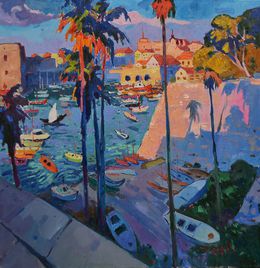
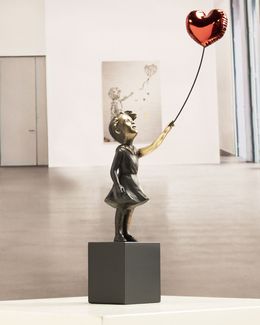
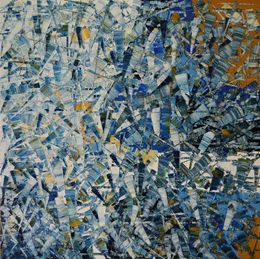
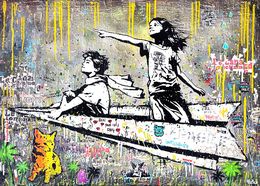
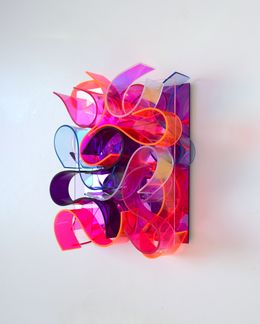
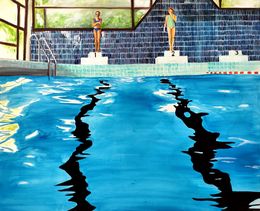

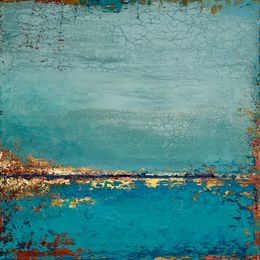
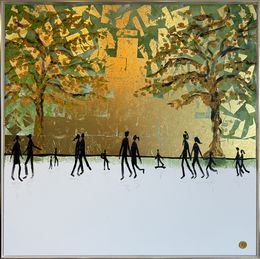
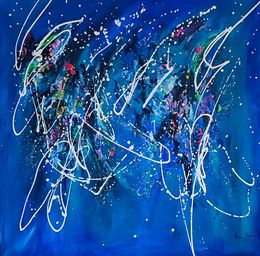












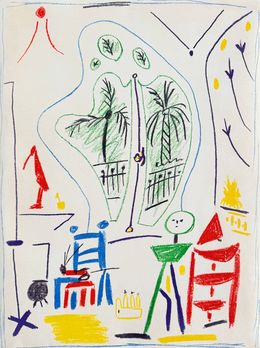

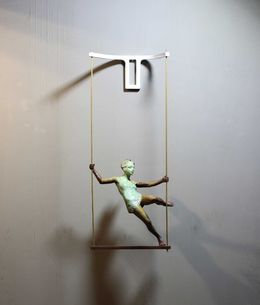


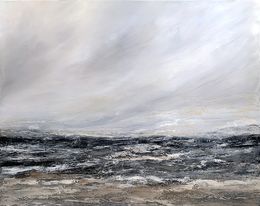
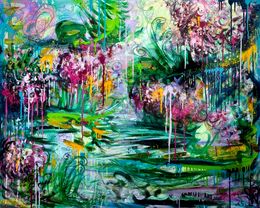

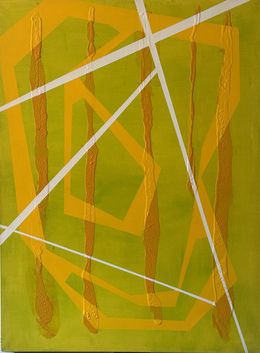
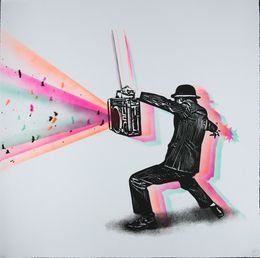
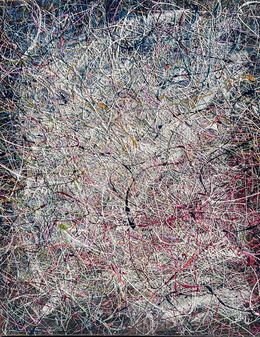
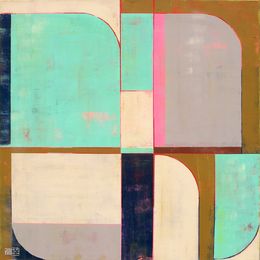
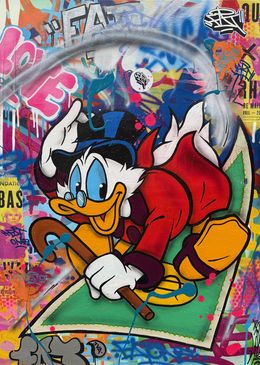



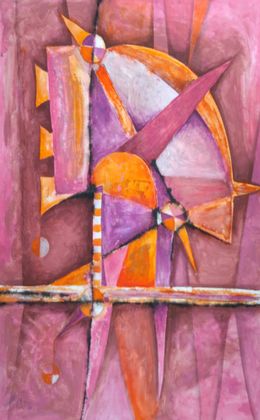
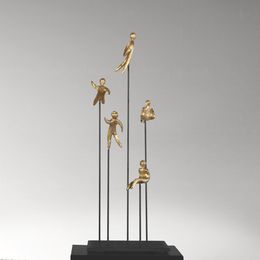

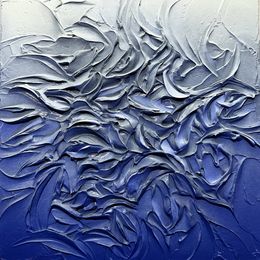
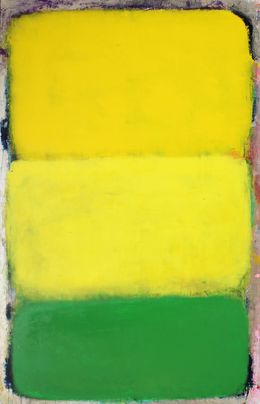

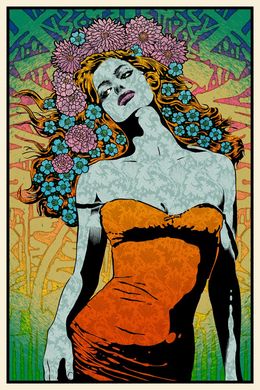
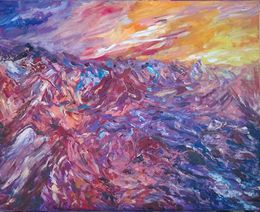
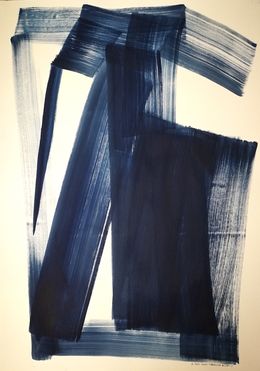




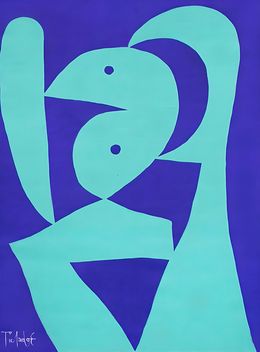


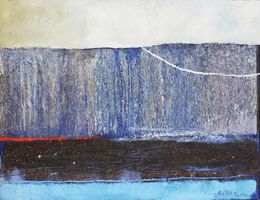

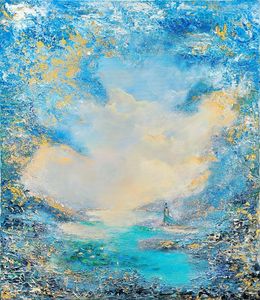
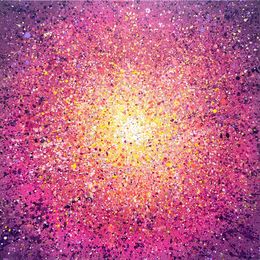


Marie France Garrigues
Peinture - 92 x 73 x 2.5 cm Peinture - 36.2 x 28.7 x 1 inch
2 330 $US 2 214 $US

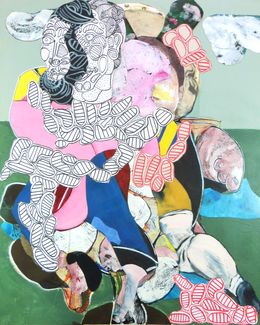
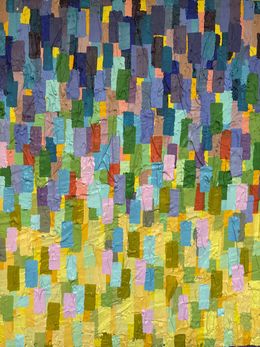




Ariel Elizondo Lizarraga
Sculpture - 88 x 23 x 23 cm Sculpture - 34.6 x 9.1 x 9.1 inch
1 043 $US 938 $US

